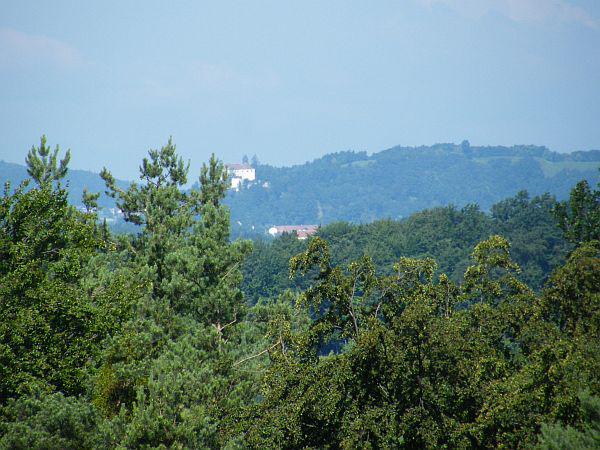
The landscape of Slovenia’s Prekmurje region, the land across the Mura River, is best known for its Pannonian plains. But in the northern part of the region, close to Slovenia’s borders with Austria and Hungary, the Goričko area surprises many visitors with its gentle hills, fields, and forests. Some of the most attractive parts of this landscape are protected as part of the Goričko Nature Reserve.
Here, outsiders quickly notice that the lifestyle of the local population has not changed much over the centuries. Widely scattered farms are surrounded by a seemingly unchanging mosaic of orchards, oak forests, and pastures. For centuries, this area was controlled by Hungary and was remote – both physically and politically -- from the rest of the Slovenian lands. This sense of isolation only increased during the Cold War, when Goričko found itself squeezed between ideologically hostile powers.
The remoteness of the area and its unusual variety of landscapes – from forests to wetlands and overgrown pastures --, has resulted in an abundance of life. Some of the most interesting plants include an endemic local variety of the rose daphne and various species of carnations. Among animal species, otters, butterflies, bats, hoopoes, owls, and various species of bugs are especially common. One of the most interesting is the macaronius owlfly, a net-winged insect that mimics the butterfly.
Humans have also played a significant role in shaping the local environment. Cultivated fields are the home to many other species of both plants and animals, while human structures, ranging from traditional houses and churches to a triangular castle near the village of Grad, have left an enduring mark on the landscape of Goričko. Human ingenuity was needed for people to survive here, and pottery workshops once provided a source of livelihood for many. These days, many local homesteads are owned by Britons, who have been drawn to the area by its unspoiled nature and inexpensive real estate.
The Goričko Nature Reserve is now connected with similar protected areas across national borders: Raab in Austria and Őrség in Hungary. The cross-border cooperation is helping to ensure that a unique part of Europe is receiving the protection and the attention it deserves. Locals hope that one day, it may become an internationally recognized destination for sustainable tourism.

































































